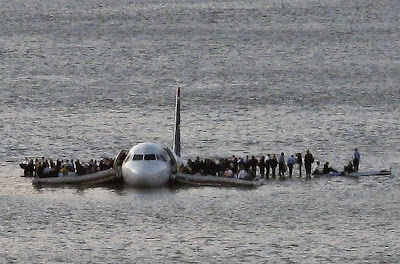- Joined
- May 10, 2010
- Messages
- 1,144
- Reaction score
- 119
Sorry to intrude in your forum. I am currently on the speech and debate team at ASU. I compete both regionally and nationally at many collegiate tournaments throughout the year. I am currently in the process of writing a persuasive speech about the Anesthesiologist vs CRNA battle.
I feel pretty strongly about the topic and i really want to inform those within my circle of influence about the stark difference in training. Obviously my call to action is requesting everyone to use Anesthesiologists.
Anyway, for me to do well at national tournaments i need very current literature to cite. Anything within the past year will do, but if there is anything within the last 3 months that would be awesome. I am requesting your help, because i simply don't have access to medical journals or the resources you do.
Any help would be greatly appreciated!! Thank you in advance!!
I feel pretty strongly about the topic and i really want to inform those within my circle of influence about the stark difference in training. Obviously my call to action is requesting everyone to use Anesthesiologists.
Anyway, for me to do well at national tournaments i need very current literature to cite. Anything within the past year will do, but if there is anything within the last 3 months that would be awesome. I am requesting your help, because i simply don't have access to medical journals or the resources you do.
Any help would be greatly appreciated!! Thank you in advance!!


